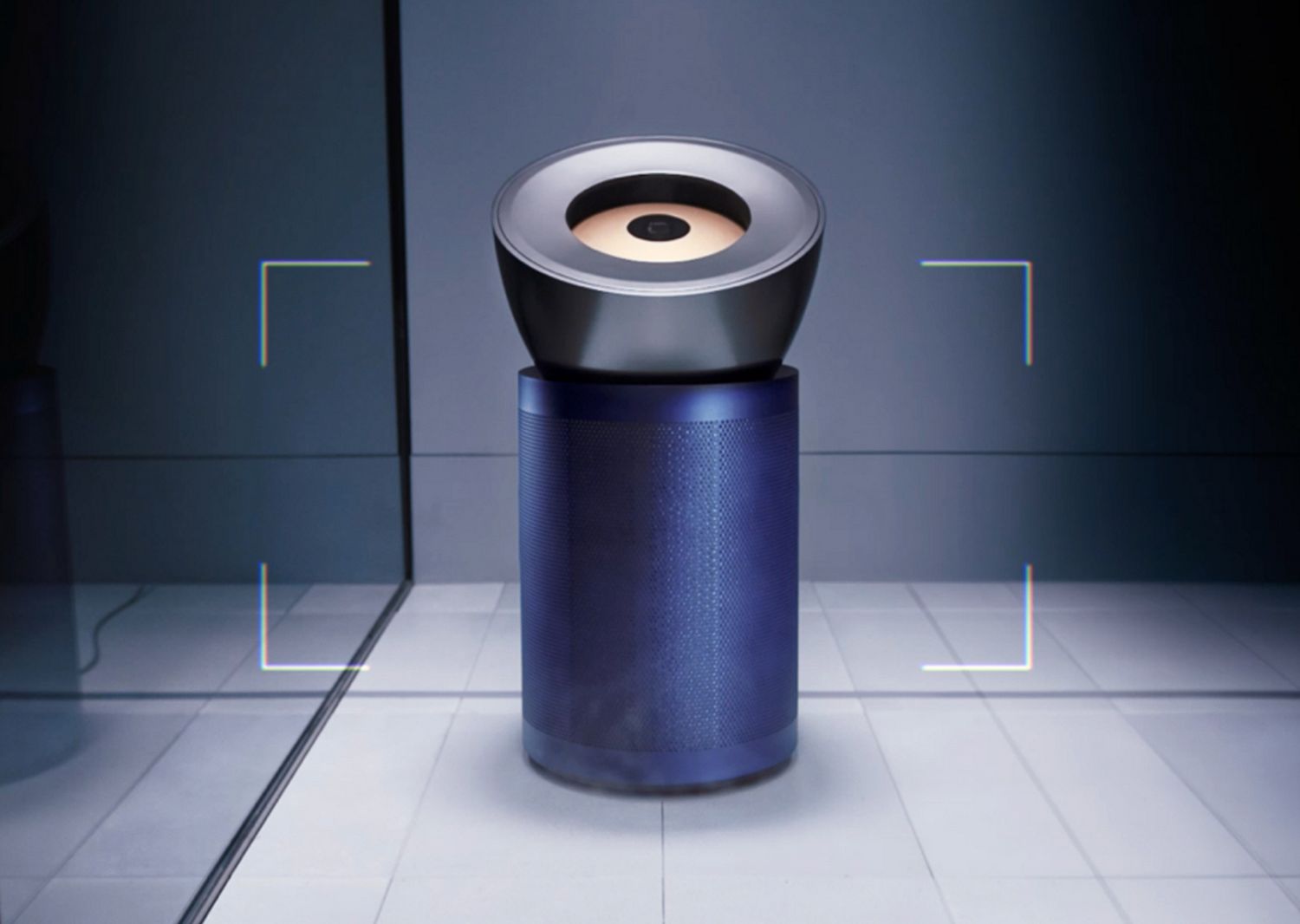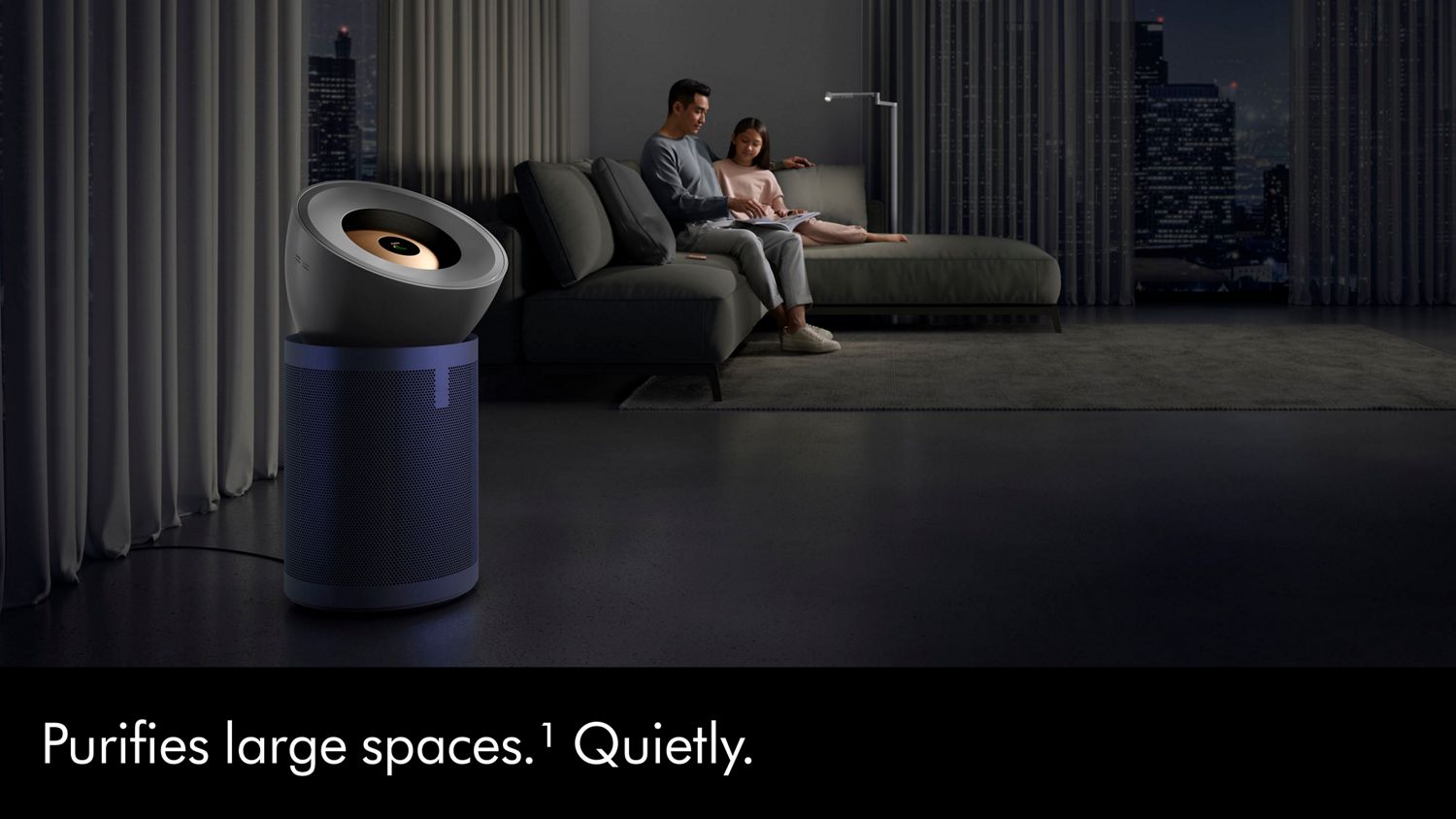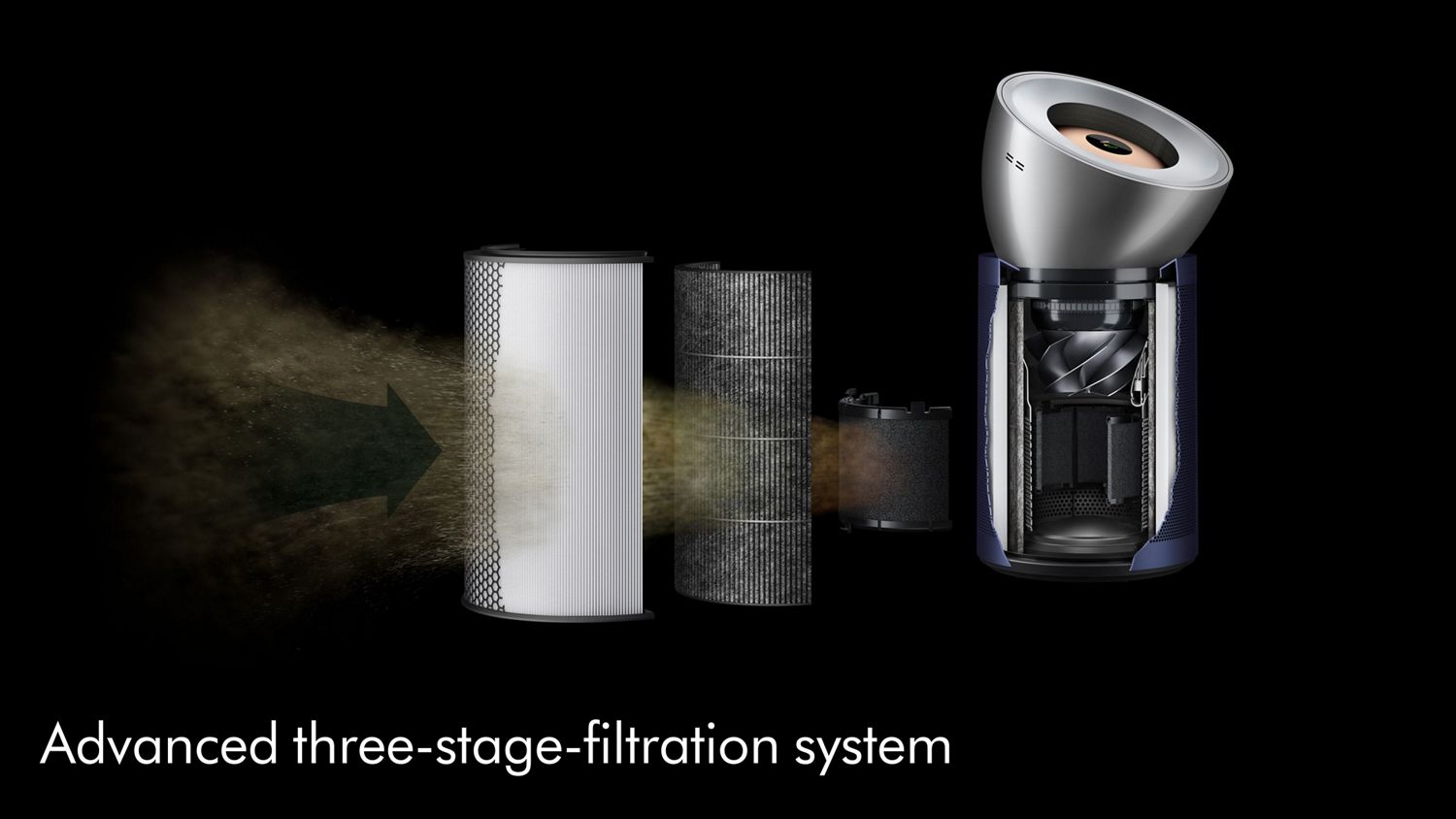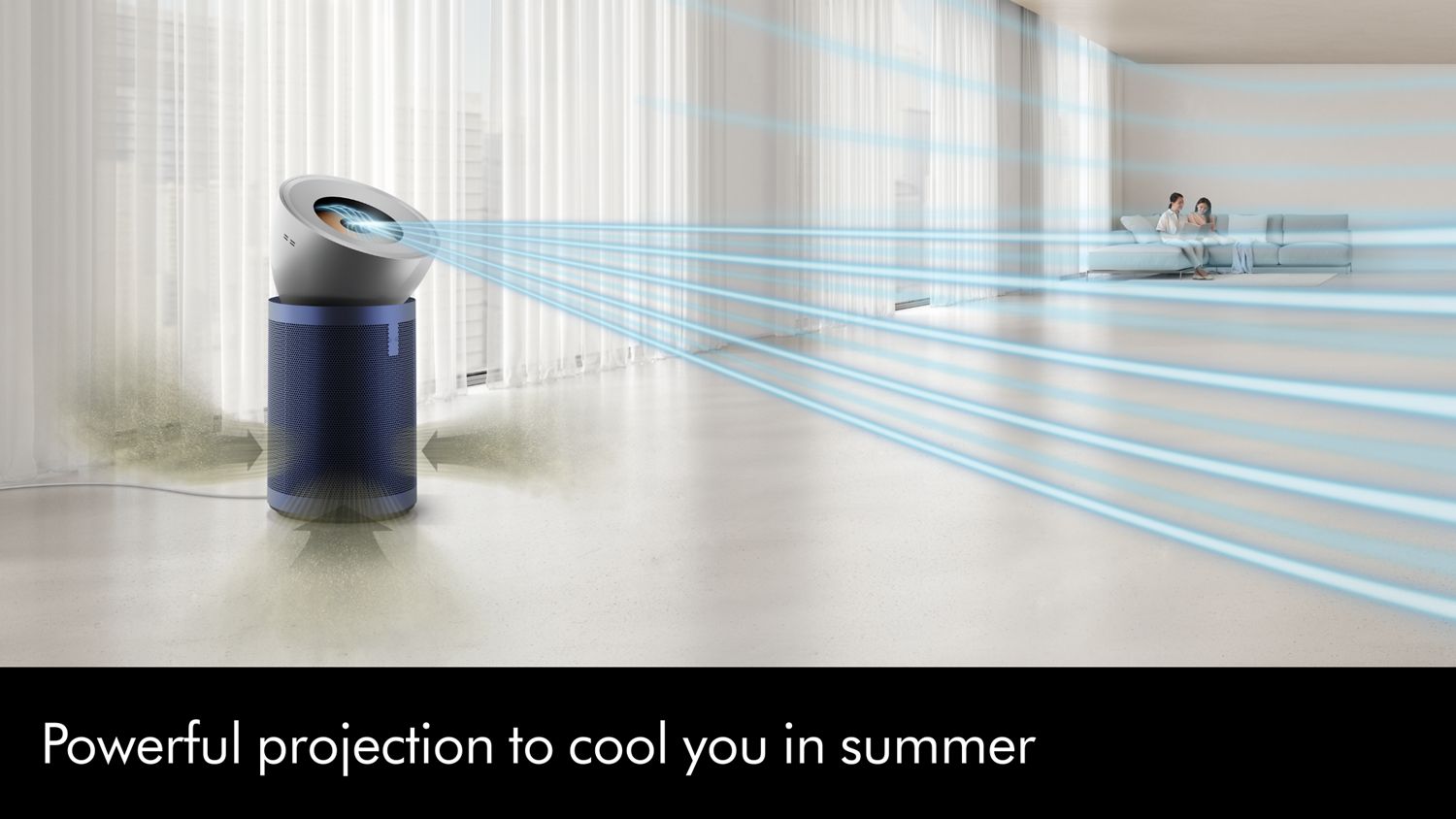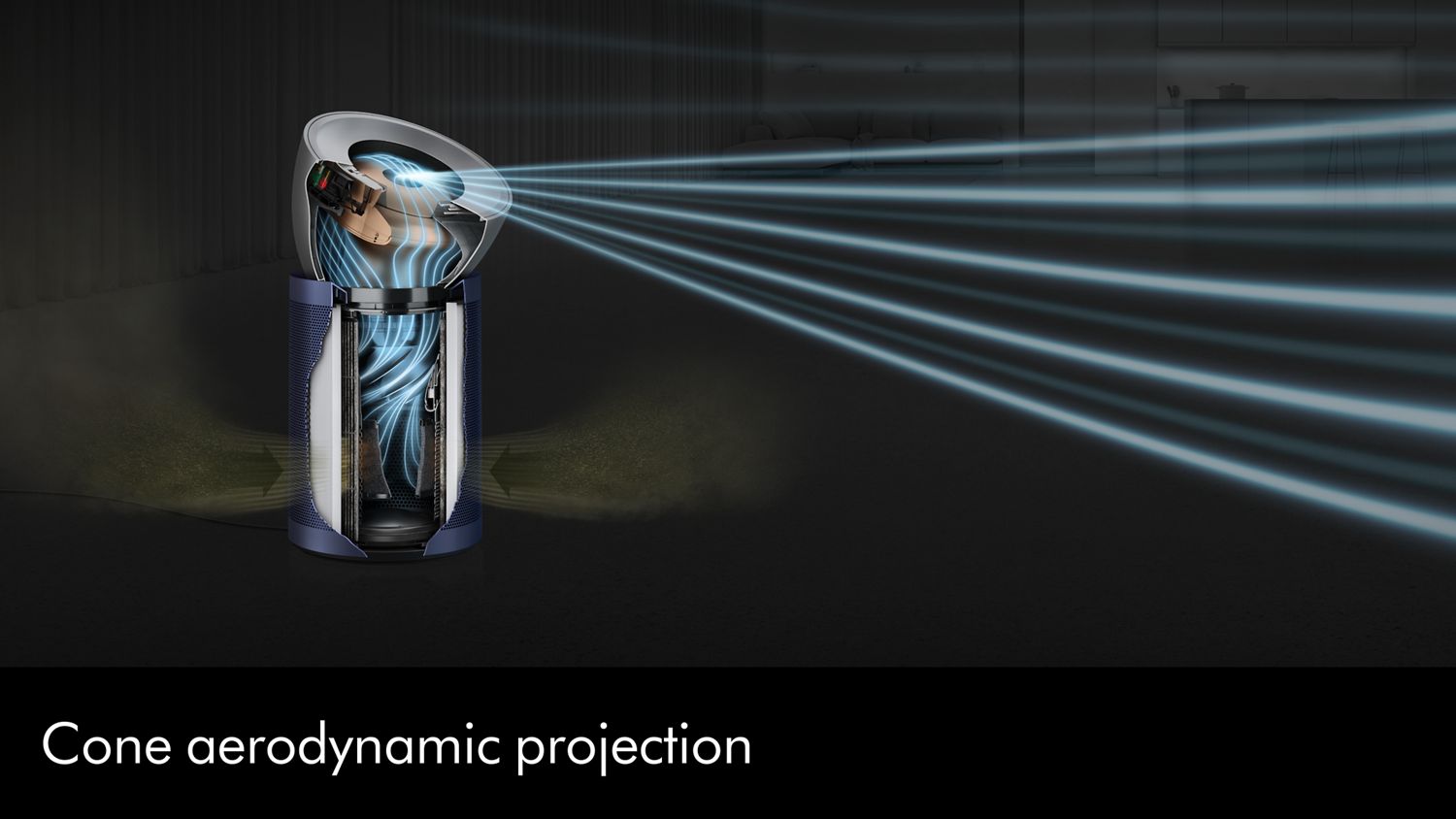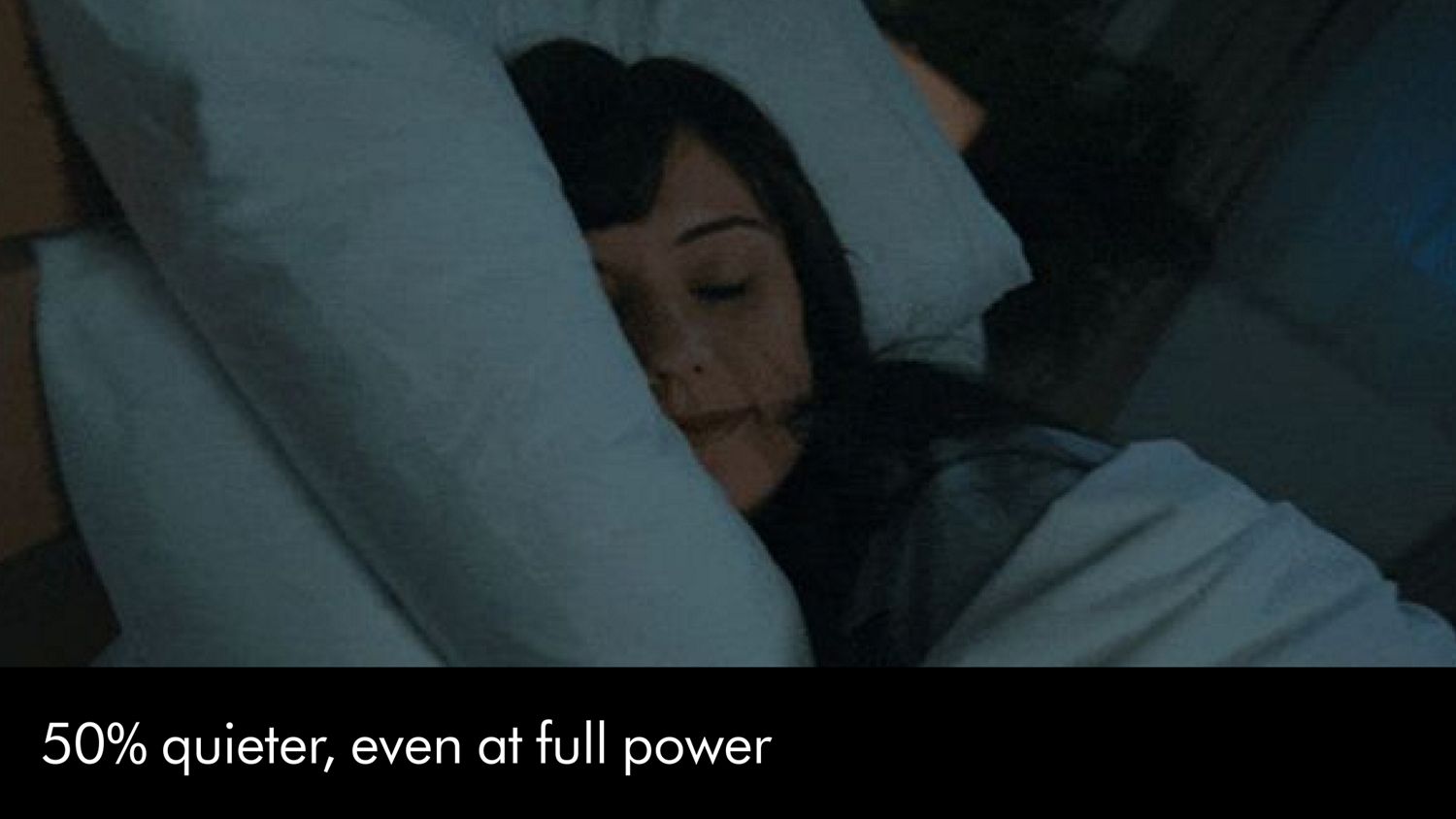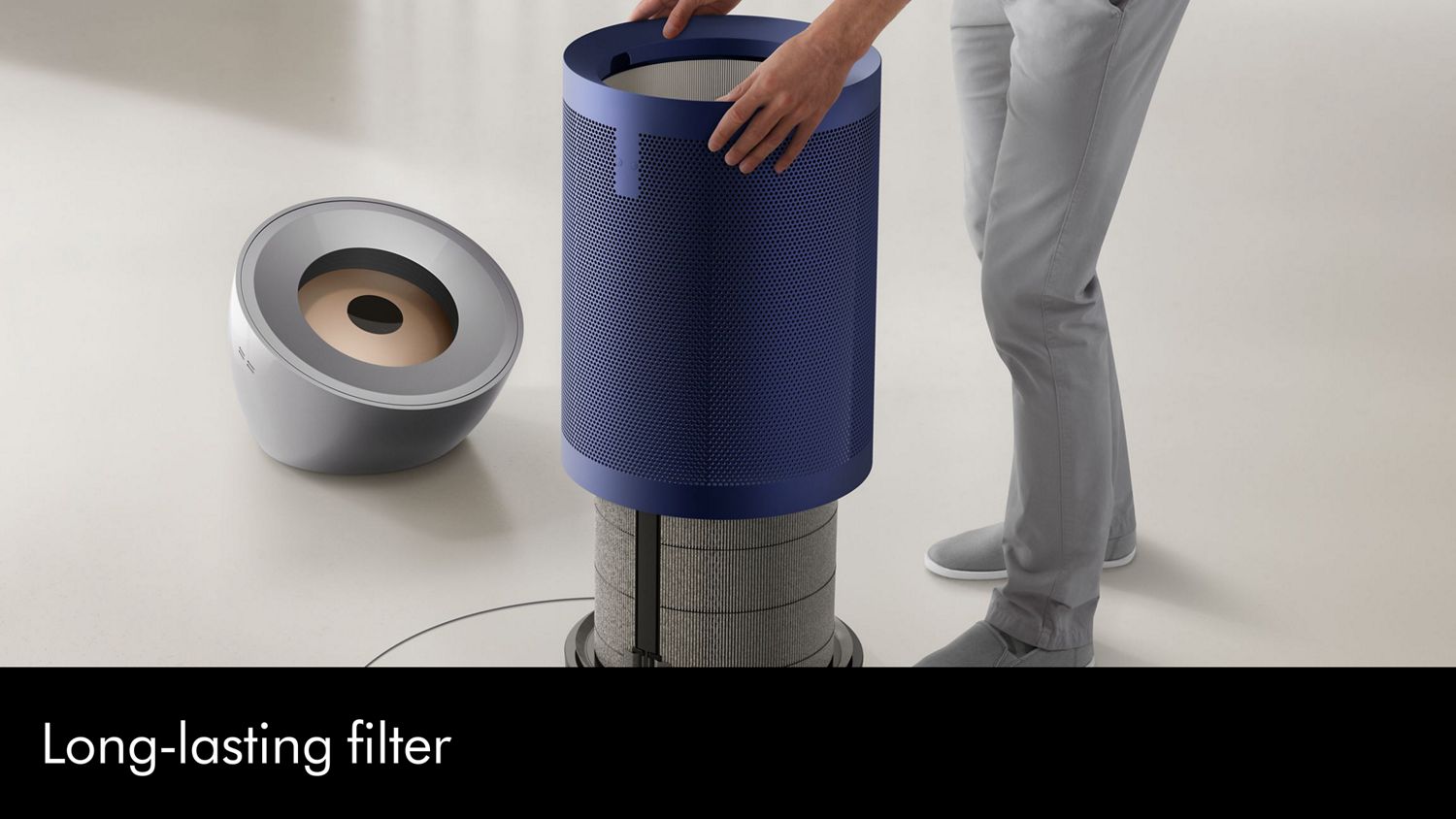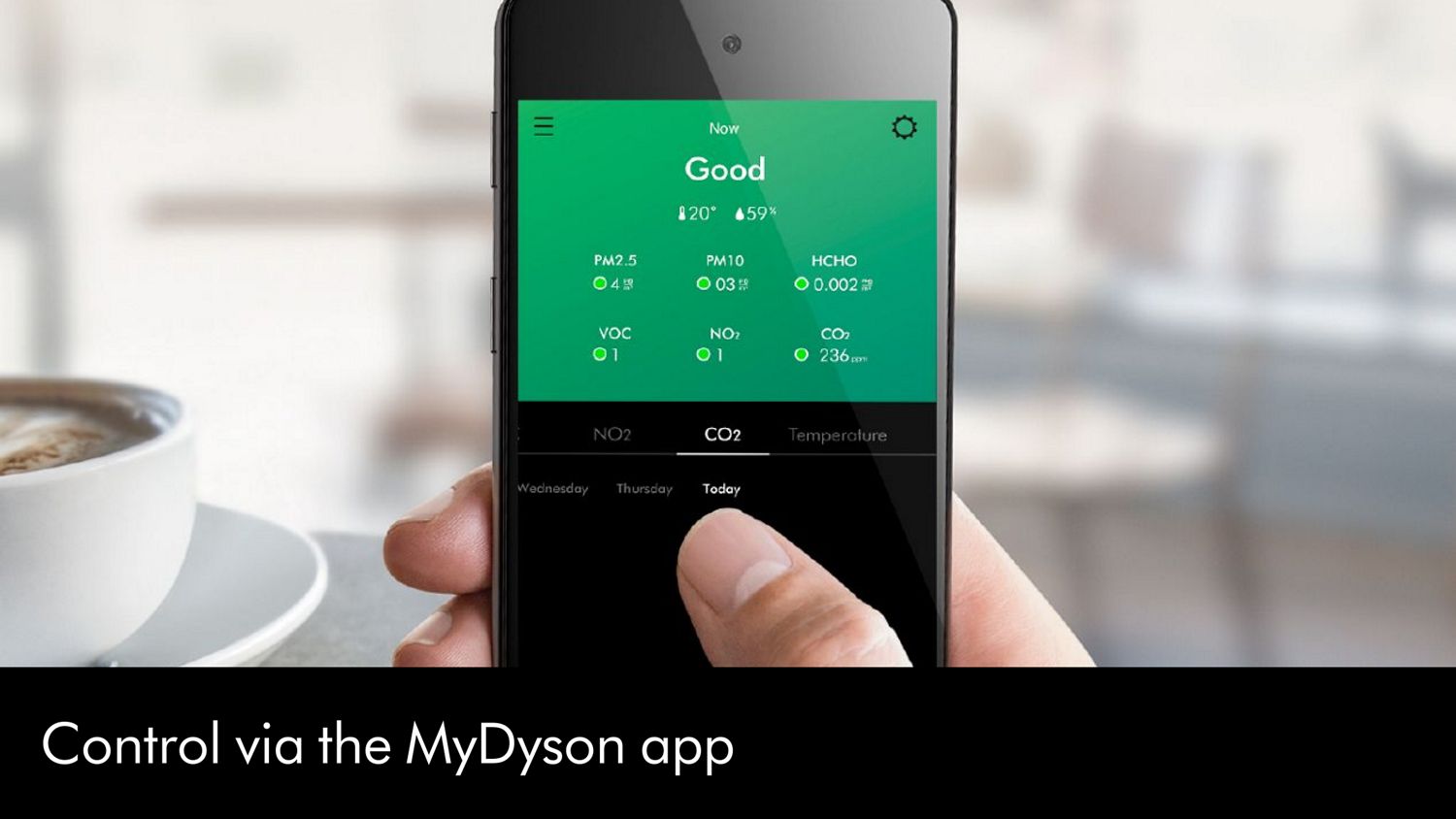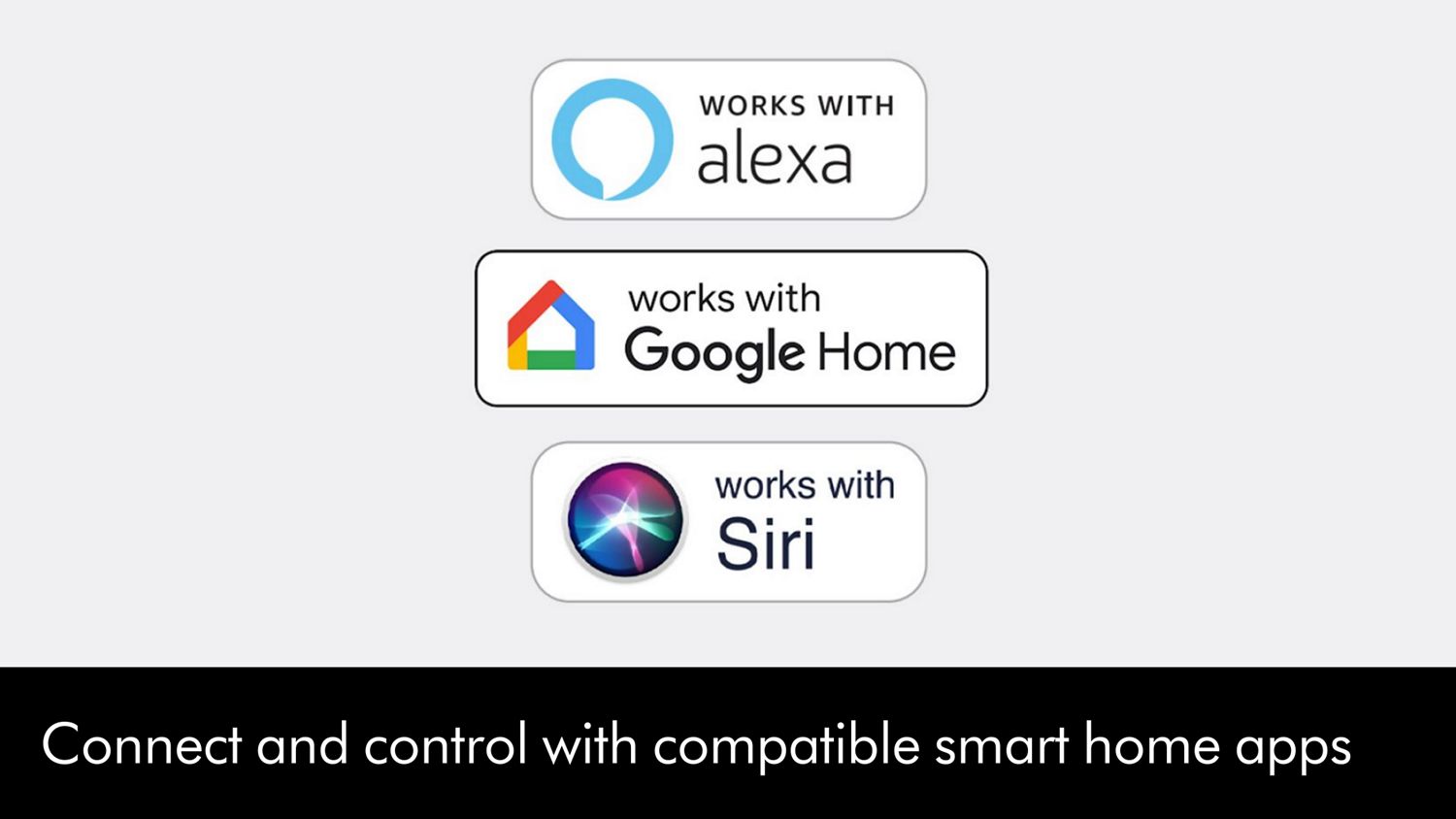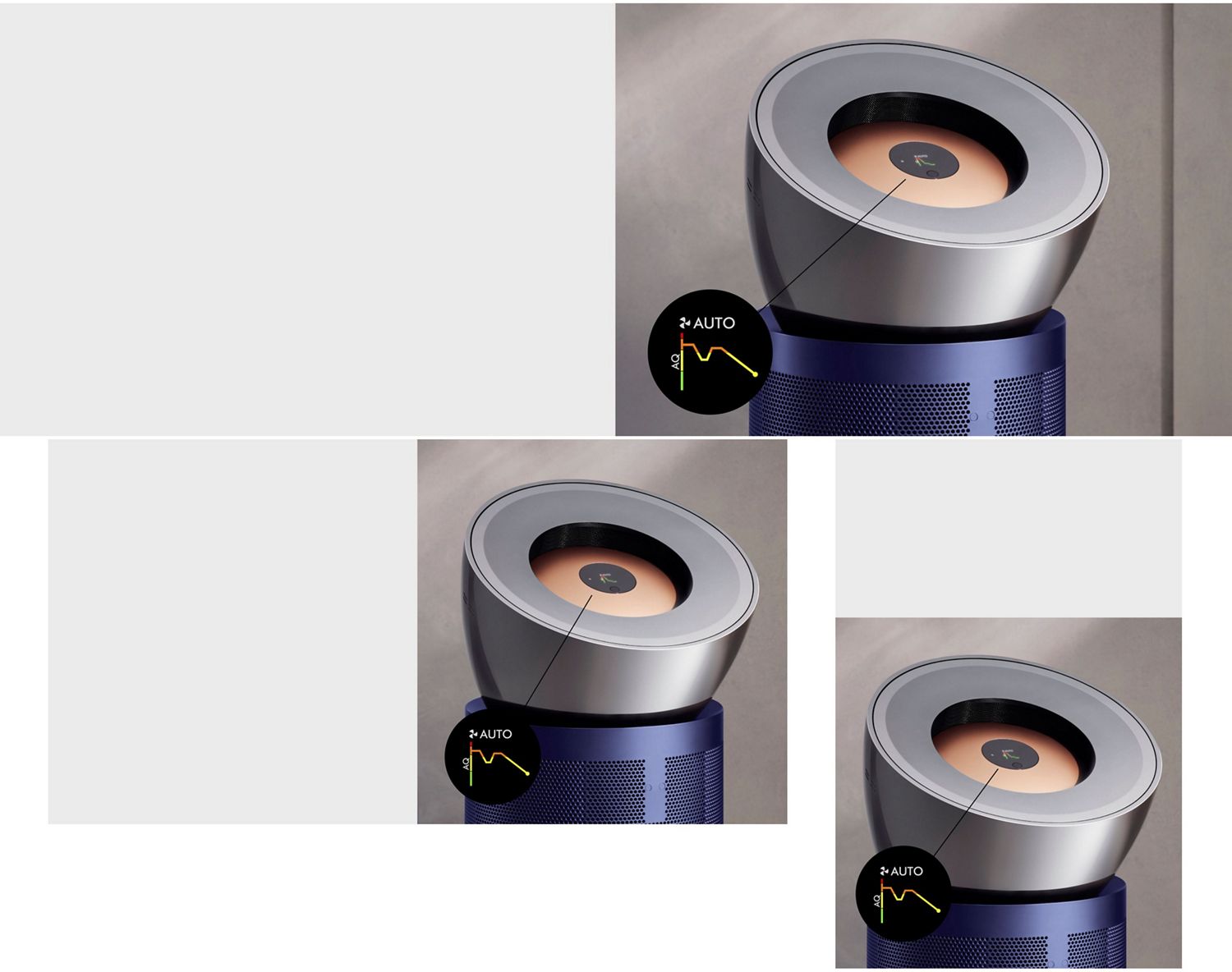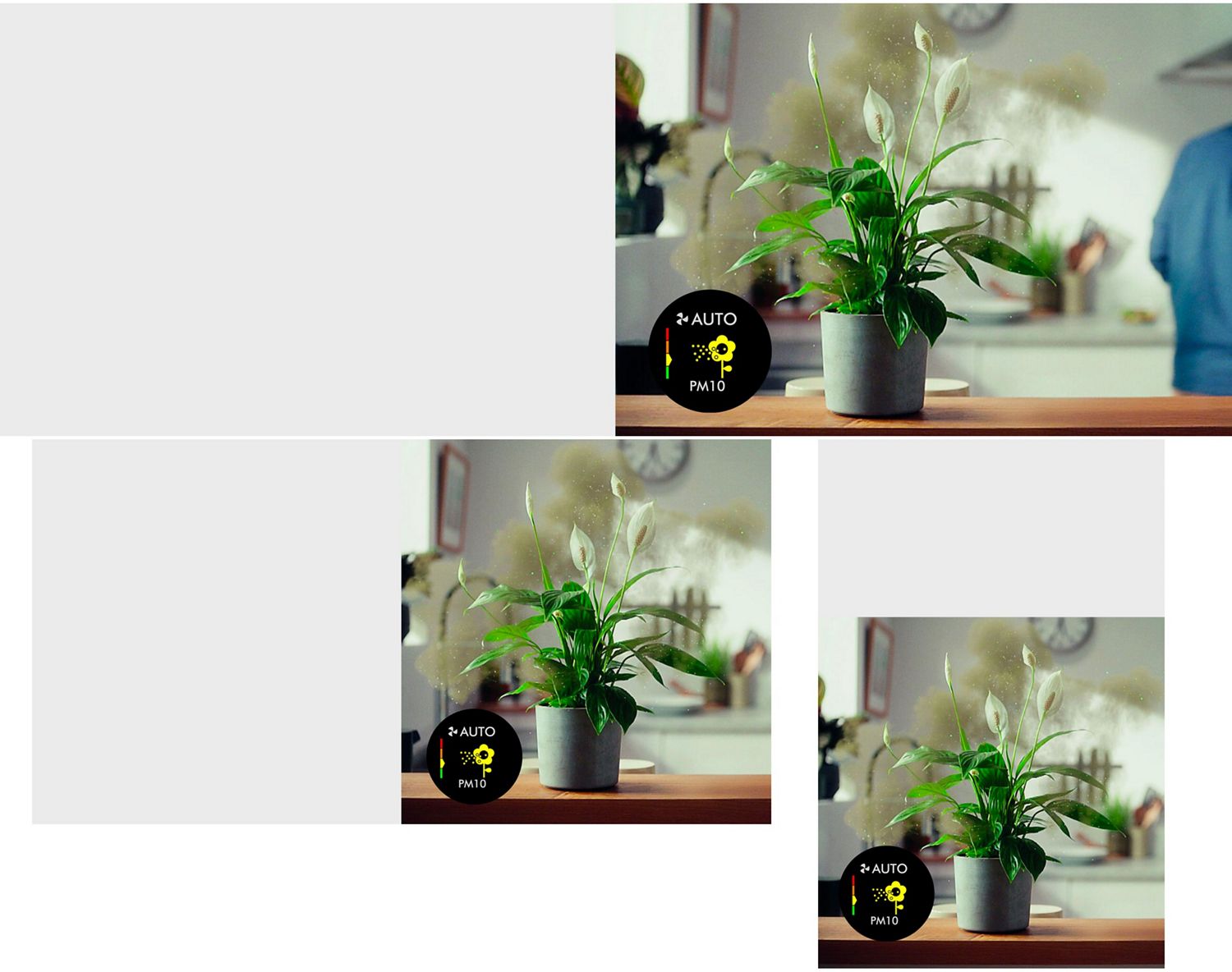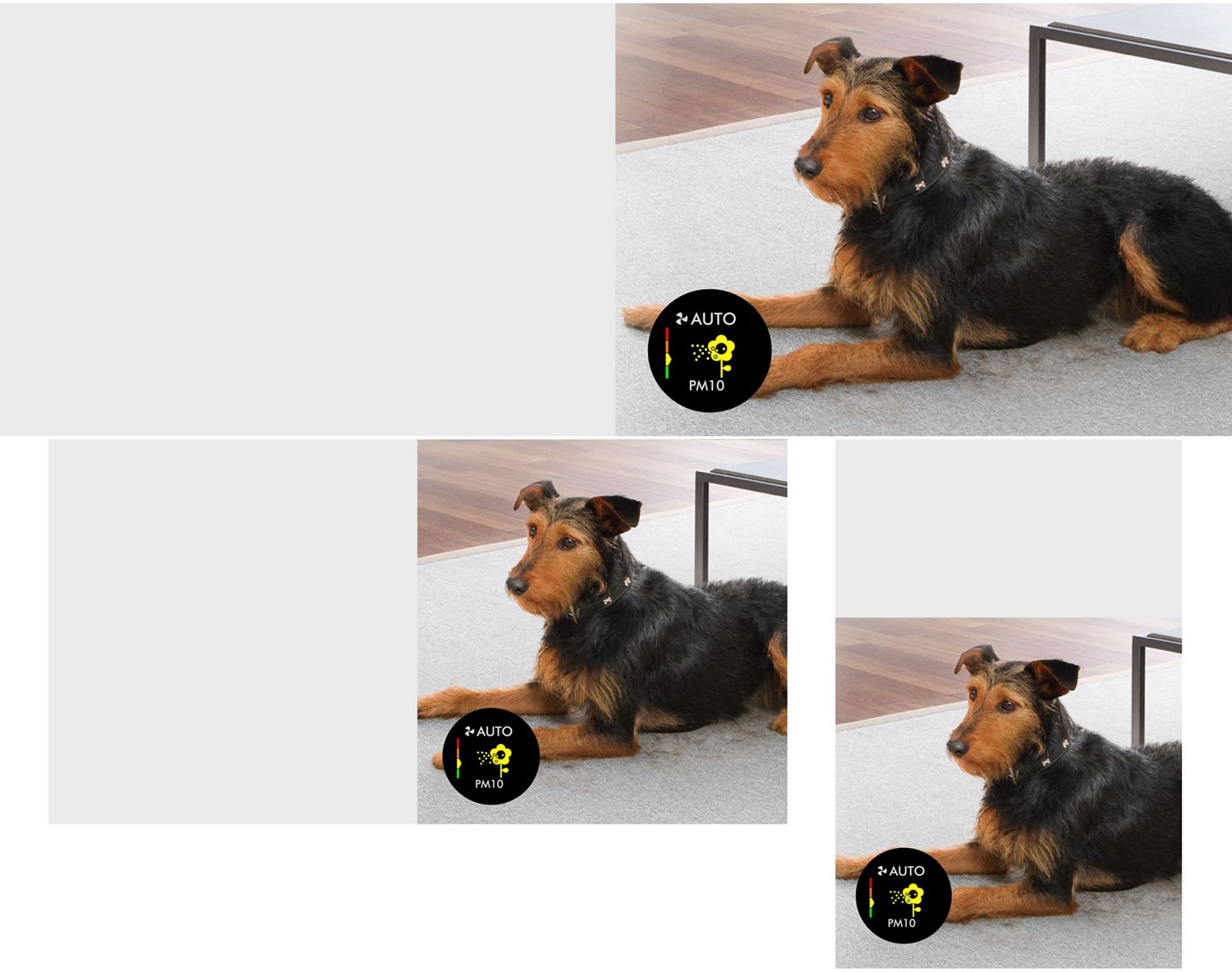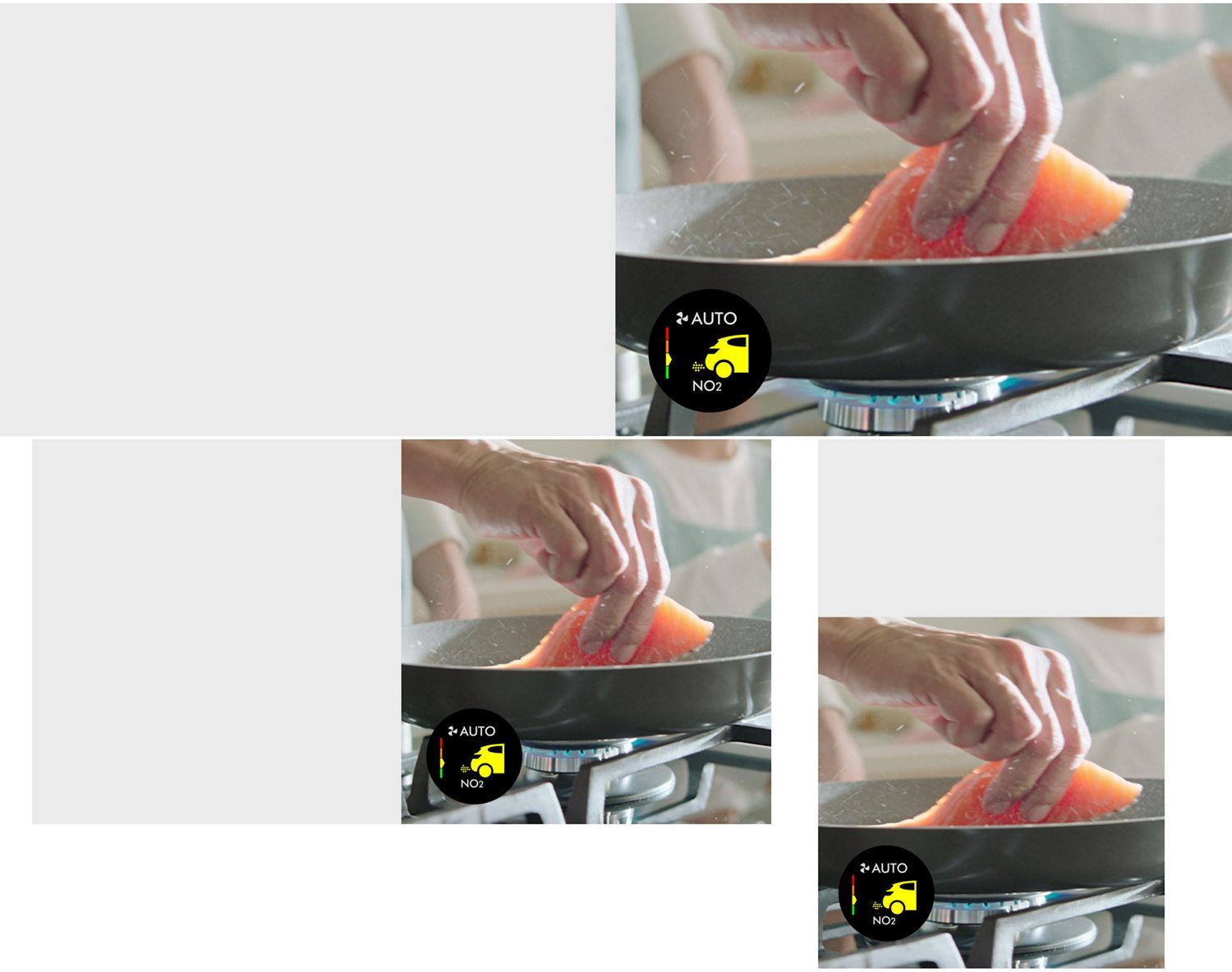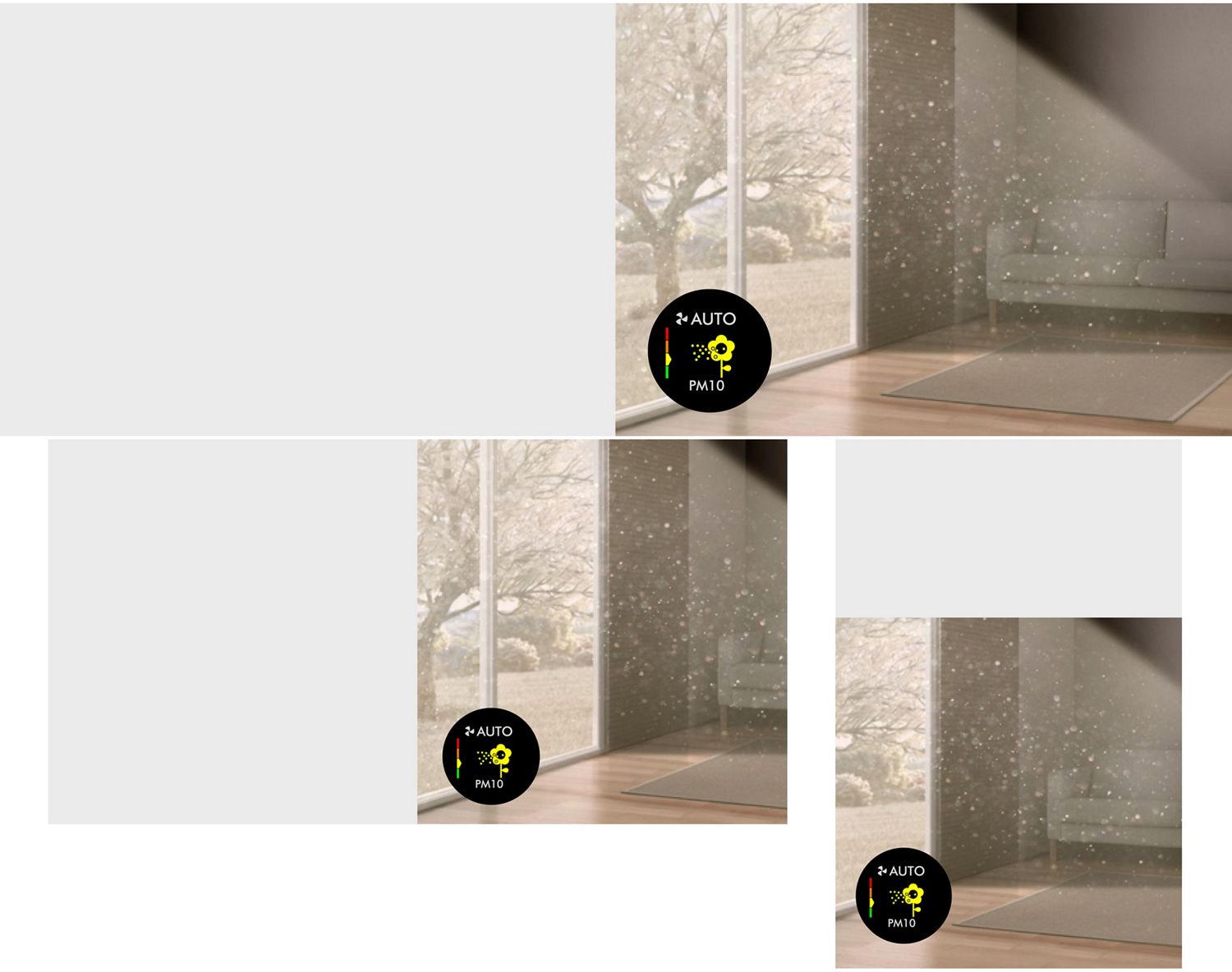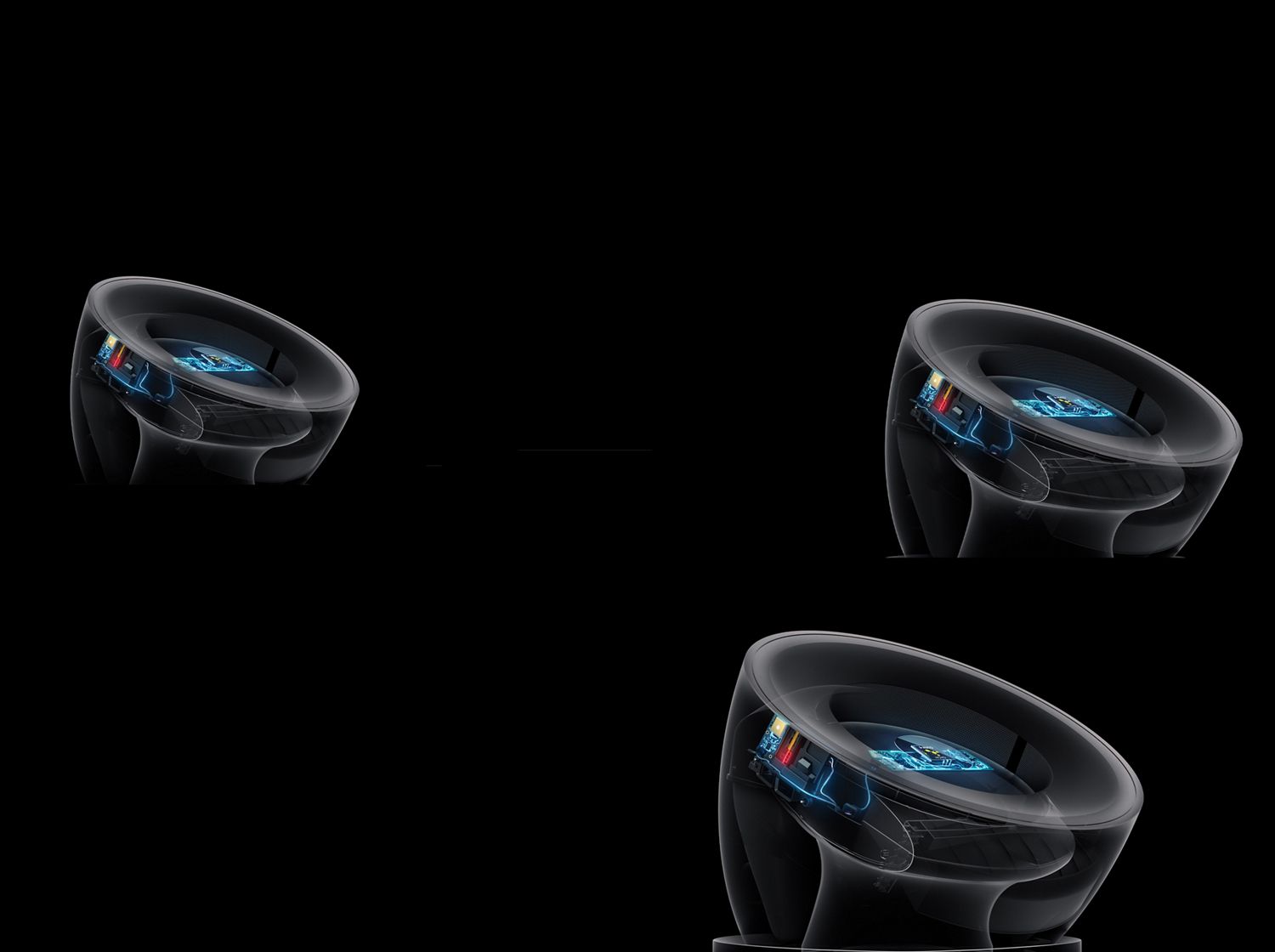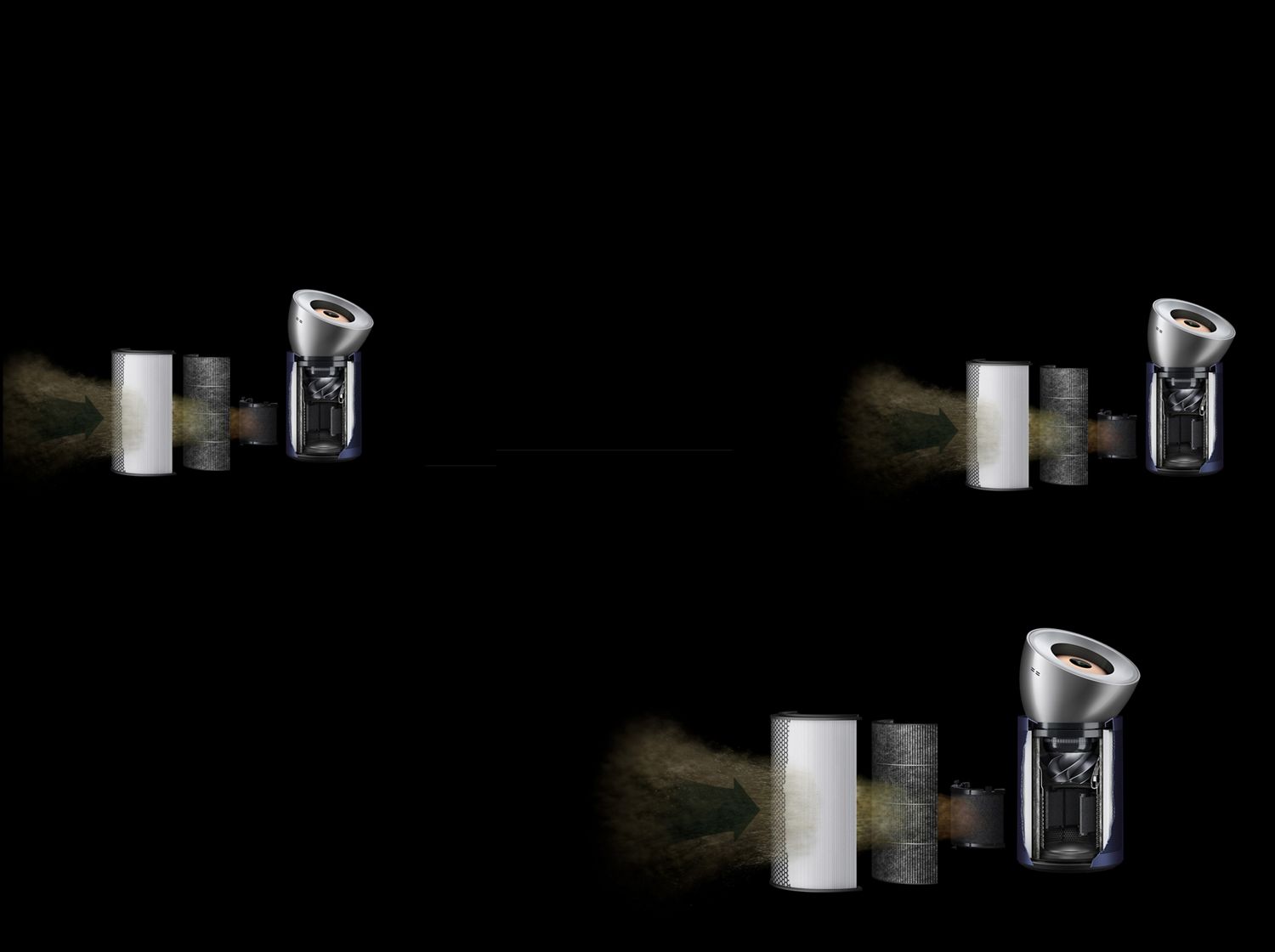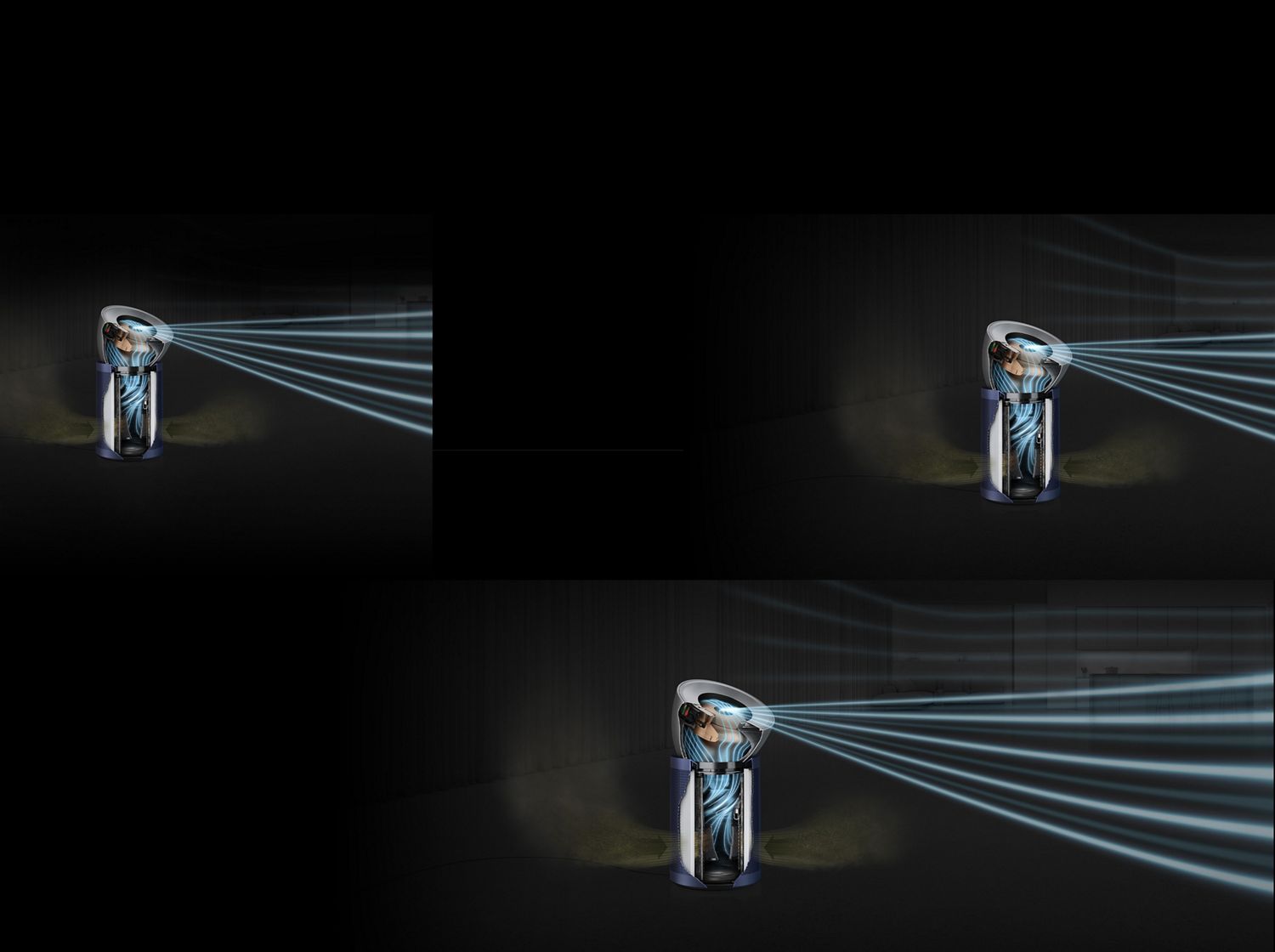Free next-day delivery
Our quietest, most powerful air purifier. Purifies large spaces up to 100m², evenly.¹ And cools you in hot weather.
Advanced three-stage filtration with HEPA H13-grade, Activated carbon and Selective Catalytic Oxidisation filters.
Captures 99.9% of particles.² Removes dust, allergens, gases,¹ odours, viruses and bacteria. Reduces your exposure to pollen, pet dander and mould spores.Captures NO2, a common urban pollutant. Removes smoke particles from wildfires. Destroys formaldehyde.²
Specifications
-
Weight
11.9 kg
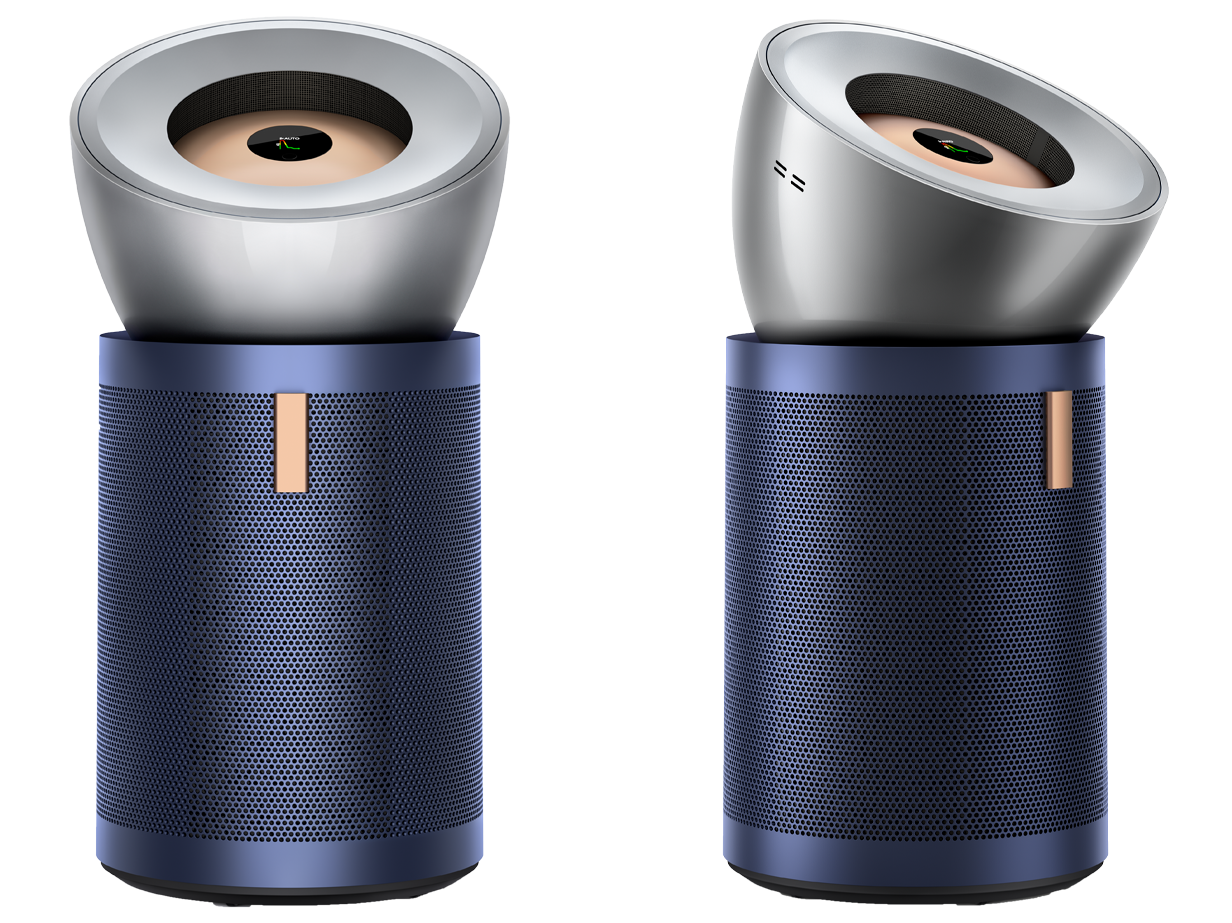
-
Height
830 mm
-
Length
434 mm
-
Width
415 mm
Reviews powered by Bazaarvoice
Dyson Purifier Big+Quiet Formaldehyde BP03 Purifying fan (Nickel/Blue)
Overall rating
In the box

Dyson Purifier Big+Quiet Formaldehyde BP03 Purifying fan (Nickel/Blue)
-
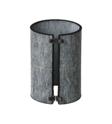
Carbon filter
430,000m² of activated carbon removes odours and gases, including NO² – a common and potentially harmful household pollutant. Lasts two years.
-
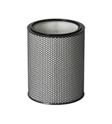
HEPA H13 grade filter
-
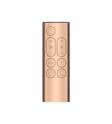
Remote control
Curved and magnetised to store neatly on the machine.

Our quietest, most powerful purifier. For a healthier home environment.
Purifies any room – including large, open-plan spaces up to 100m2. Captures pollutants, allergens and odours, yet does it quietly.

Real-time air quality diagnosis
In Auto mode, our integrated sensors detect pollutants from around the room and analyse air quality in real time, cross-checking the data every second, then automatically trigger purification, if required.
Machine highlights
-
50% quieter, even at full power
Acoustically engineered to produce less noise. Night mode is 50% quieter than any other Dyson purifier. With a Sleep timer so you can set it and forget it.
-
Powerful projection to cool you dow
Delivers over 80 litres of purified air per second. Adjust the angle of airflow between 0°, 25° or 50°, or mimic the feeling of refreshing air indoors using Breeze mode.
-
Long-lasting filter
The HEPA H13-grade filter lasts up to 11 years. Remove and replace in one click.
-
Control via the app
Monitor what’s been captured, set schedules, browse reports, and more with the MyDyson™ app.⁵
-
Always sensing
In Auto mode, your purifier reacts automatically to remove pollutants, only using energy when needed.
-
Easy to manoeuvre
Discreet, hidden wheels designed for hard surfaces let you easily move your machine around the room.
Discover the pioneering technology inside


Get more with the MyDyson™ app⁶
Discover what you get with the app.
-
Expert guides
Learn how to improve your indoor environment.
-
Machine upgrades
See how to upgrade to the latest Dyson technology.
-
Priority access
Latest Dyson technology and events.
-
2-5-year guarantee
On parts, repairs and replacements.
-
Exclusive offers
Gain access to exclusive offers through the app.
-
24/7 support
Machine performance updates.
Security software updates for this machine will be supported until 31/12/31.
Frequently asked questions
The Dyson Purifier Big+Quiet Formaldehyde is our quietest, and most powerful air purifier. Using cone aerodynamics to deliver powerful, long-range air projection – circulating purified air and driving even distant pollutants back through sealed filters. For whole-room purification – capturing 99.95% of ultrafine particles², even in large spaces.¹ You can control your air quality, wherever you are. At the touch of a button you can monitor the air quality levels in your home using the MyDyson™ app⁵ – viewing in real-time the benefits of owning an air purifier.
Not all purifiers are equal. Getting the right size purifier, with the best projection is essential to ensure it will effectively purify the air in your space. We've tested the Dyson Purifier Big+Quiet Formaldehyde extensively – to ensure the sensors, filtration system and motor work together to purify a large living space. It has the projection power to purify spaces up to 100m². The Dyson Purifier Big+Quiet Formaldehyde also has our largest ever filtration system – and the 360° HEPA H13-grade filter doesn’t need replacing for up to 5 years.
The Dyson Purifier Big+Quiet Formaldehyde air purifier range is engineered to remove 99.95% of ultrafine particles², such as dust, allergens, odours, gases³ like benzene and nitrogen dioxide and even formaldehyde gas.⁴
The Dyson Purifier Big+Quiet Formaldehyde has our most advanced filtration system. We recommend replacing the 360° HEPA H13-grade filter after using it for up to five years or sooner. The Activated carbon filter should be replaced every two years, or sooner if required. The Selective Catalytic Oxidisation (SCO) filter is permanent and never needs replacing.
The Dyson Purifier Big+Quiet Formaldehyde has been designed to work from the corner of a room, at least one metre away from the wall. For optimal performance we recommend projecting air either along a wall or across the room. You can adjust the angle of projection to suit your preference.
The Dyson Purifier Big+Quiet Formaldehyde has discreet wheels, which aren’t visible when the machine is upright. These wheels are designed for hard floors – so you can move your purifier around easily.
- 1 The ability of purifying a large room up to 100m2 (10m*10m) proven from a Computational Fluid Dynamics (CFD) modelling, with the purifier placed in a corner of the room running at the maximum flow and horizontal projection reaching 10 metres to fully mix the room. The projection distance was measured from internal flow reach testing under the maximum directional airflow. The actual performance in real life condition may vary.
- 2 Tested for filtration efficiency at 0.1 microns (EN1822, ISO29364).
- 3 Tested to JEM 1467 (acetic acid, acetaldehyde, ammonia), GB/T18801 (formaldehyde, benzene) and DTM-003282 (NO2). Gas capture rates vary.
- 5 Third party full machine testing based on GB/T 18801-2022 formaldehyde cumulative clean mass testing with continuous injection until plateau of formaldehyde CADR is achieved. Results may vary in practice.
- 6 Particle challenge by DEHS oil specified in EN1822 within a chamber specified in ASTM F3150. Tested in Max Mode at IBR US, for whole machine efficiency above 99.95%.
- 8 App functionality may vary per market. Requires Wi-Fi and app enabled device. Standard data and messaging rates may apply. Requires iOS version 10 or above, or Android version 5 or above. Your mobile device must have Bluetooth 4.0 support.
- 9 Levels defined by Dyson based on scientific literature. Ventilation alert when CO2 levels are 1500ppm or above.
- 11 In Auto mode.



